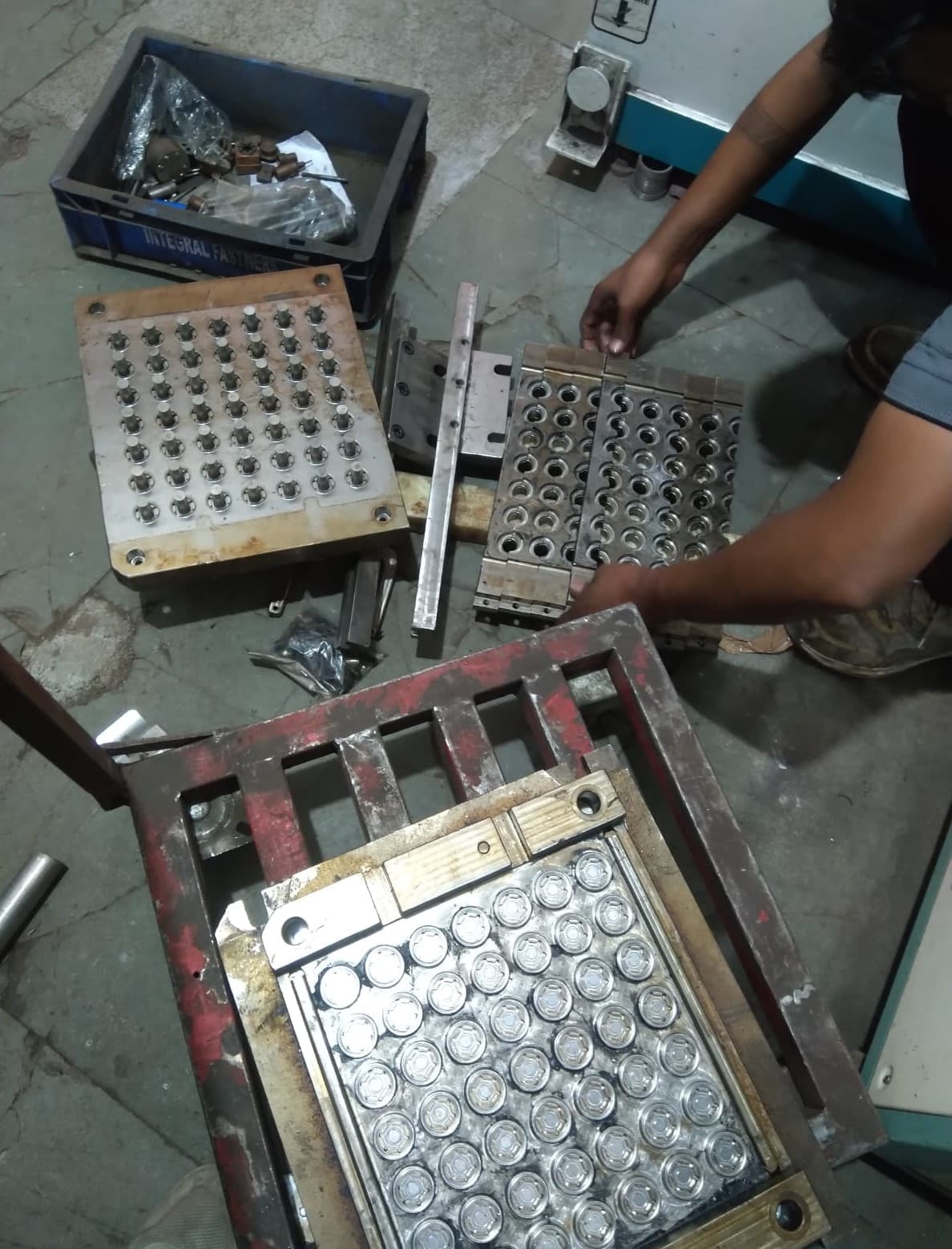
The reasons why we need mould maintenance are :
- To improve part quality: A well-maintained mould will produce high-quality parts with consistent dimensions and finishes.
- To extend mould life: Proper maintenance can help to prevent premature wear and tear, which can prolong the life of the mould by many years.
- To reduce downtime: Mould maintenance can help to prevent unexpected failures, which can reduce downtime and keep production on track.
- To save money: Regular maintenance can help to avoid costly repairs and replacements in the long run.
Regular maintenance and inspections should also be performed to ensure the durability and quality of production. So for me, It is yes. Mold maintenance is a mandatory inspection for any signs of damage, such as cracks, chips, or wear. Any damage should be repaired immediately to prevent further problems.

How to identify the maintenance need?
To improve part quality: A well-maintained mould will produce high-quality parts with consistent dimensions and finishes.
- New moulds: New moulds should be inspected and cleaned after every 10,000-20,000 cycles.
- Production moulds: Production moulds should be inspected and cleaned after every 50,000-100,000 cycles.
- Complex moulds: Complex moulds, such as those with multiple cavities or moving parts, may require more frequent maintenance.
Here are some tips for determining mould maintenance:
- Track the number of cycles that each mould has run.
- Inspect moulds for signs of wear and damage.
- Pay attention to the quality of the parts being produced. If you see any defects, it may be a sign that the mould needs maintenance.
- Keep a maintenance log for each mould. This will help you to track the maintenance schedule and identify any potential problems.
